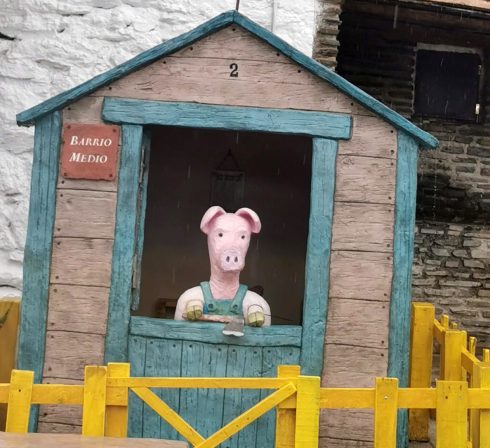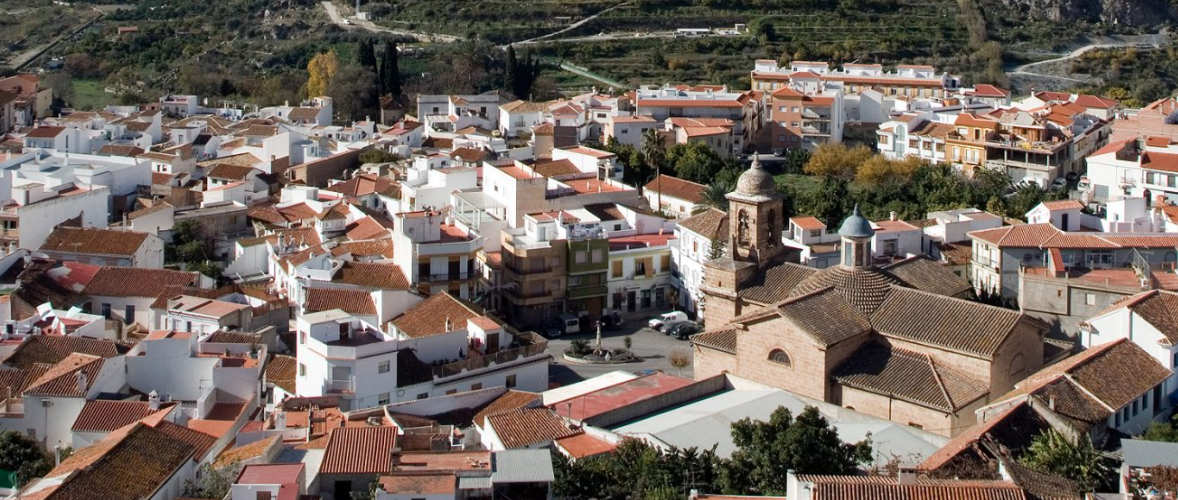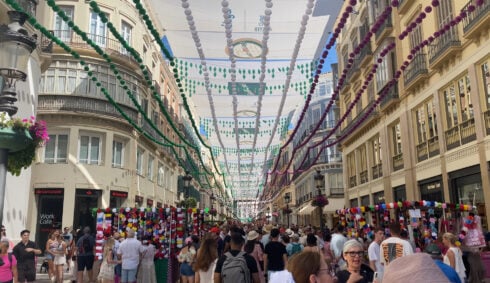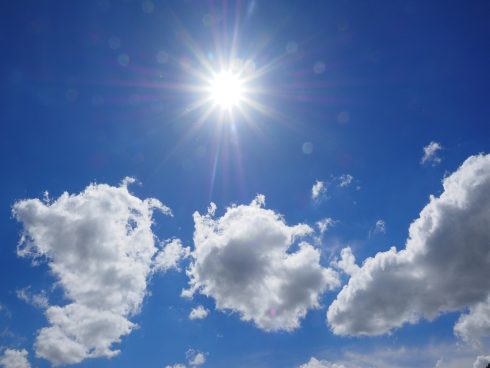WHILE driving through rural Granada, you’ll see placards on some municipal boundaries saying ‘Magicos de Espana’ or ‘Bonitas de Espana’. It’s obvious what ‘bonita’ (beautiful) means – but what makes a town ‘magical’?
According to this national accreditation scheme, magical towns should be ‘alive’ and ‘unique’ because of their gastronomy, traditions, festivals, views, architecture, and natural environment, as well as tourist resources.
The scheme intends to give obscure towns “the presence they deserve”. Its vetting team includes specialists from rural and local development, architecture, sociology, tourism, web development, and historians.
A town must meet various criteria to be ‘magical’. Obviously, there’s the beauty and quality of the place – although, from personal observation, this might apply to just part of a town, such as an old barrio or ancient castillo.
The scheme assesses architecture, recreational areas, hiking trails, parks, squares, fountains, monuments, places of worship, museums, and – what all visitors want – easy access and parking.
It also examines tourist accommodation, restaurants, gastronomy, and shops selling local produce. Not forgetting those annual fiestas and whether they are an event of cultural interest.

A town gains bonus points if it contains historic monuments or architecture or has a legacy of prehistoric civilisations and cultures.
Some magical towns are set amongst national or natural park or conservation areas. They might have stunning features, like springs and waterfalls.
Which towns have this status in Granada?
A trip round Granada region reveals several magical towns. These include Alpujarra de la Sierra, which comprises Yegen (home to Gerald Brenan), Mecina Bombaron, El Golco and Montenegro.
The south facing Contraviesa town of Sorvilán has just received the status. This is a beautiful mountain pueblo with striking views, steep, narrow streets, decorated balconies, and a history of wine production.


Castell del Ferro, which the Olive Press recently featured in a guide to the Contraviesa’s ‘hidden gem’ beaches, has historic features and is perfect for a tranquil day at the seaside.


Portugos, in the heart of La Alpujarra, has one obvious attraction – the Fuente Agria, an impressive waterfall with red, ferrous water.
Torvizcón gains the award, possibly because of the beautiful almond blossom above the town and its ‘rambla’ in springtime.
Another magical town, Veléz de Benaudalla boasts the Nazari garden, and as a history of Moors and Christians. The garden is listed among the Junta de Andalucia’s Assets of Cultural Interest.
There’s also the Granada region town of Salar, which has a long and tumultuous history, and a Roman villa; La Calahorra, on the road to Guadix, with its amazing castle; and several other towns, including the pretty Gualchos, Víznar, Orce, Puebla de don Fadrique, and Polícar.

You can obtain a ‘Magic Passport’ to plan trips to these towns and obtain discounts from some businesses. The passports are available from participating ayuntamientos and must be registered online. Sounds like an effort? Tripadvisor is an easy option.
The strange case of Trevelez
Trevélez, one of Spain’s highest villages, lost its ‘Magical’ status in September 2022 for applying to be part of the rival ‘Mas Bonitas de Espana’ scheme, and for installing ‘plastic-type’ animals and effigies throughout its three barrios.
Although these are a cute tourist attraction, the Magicos team would rather see traditional lavabos – stone troughs where people used to scrub their clothes.


Just down the road from Trevélez, the installation of spooky effigies and a witchy theme turned the previous depopulating village of Soportújar into a trailblazing tourist success. Today, it is the most searched-for tourist pueblo in Granada province. The beauty of the plastic animals is in the eye of the beholder!
Some readers aren’t convinced about what’s ‘magic’. One revealed: “My ‘magic’ town has plastic from greenhouses on its rambla”. Another complained: “Ours is still dirty from the 2022 calima and the main recreation zone has been filled with tarmac”.
And the Mas Bonitas?
It’s easier to see why the ‘beautiful’ towns hold their status. There’s no denying that the traditional white villages of Pampaneira, Bubion and Capileira radiate visual appeal, with colourful flowerpots adorning balconies, traditional crafts on display in the streets, Spain’s highest mountain peaks towering behind them, and a tourist industry that caters for every need.

Over at Los Mas Bonitas website, there’s a ‘merch’ section. You can buy a t-shirt (they aren’t the height of influencer looks!) or an online guidebook to the various beatiful towns throughout Spain.
READ MORE
LORCA’S LEGACY: On the trail of the famous poet in Spain’s Granada
CARVING A NAME FOR ITSELF: How Trevelez, one of Spain’s highest villages, has built a tourist trade around its famous cured ham
Click here to read more Olive Press Travel News from The Olive Press.








